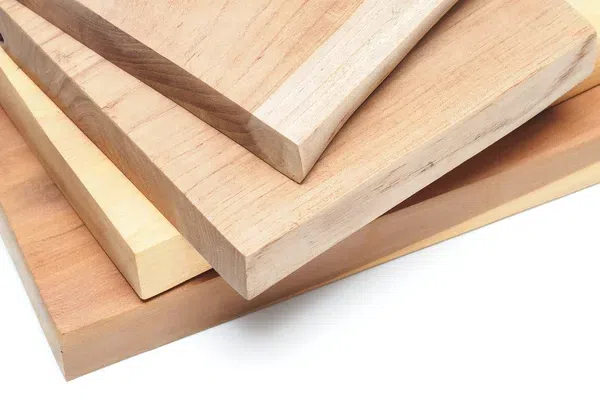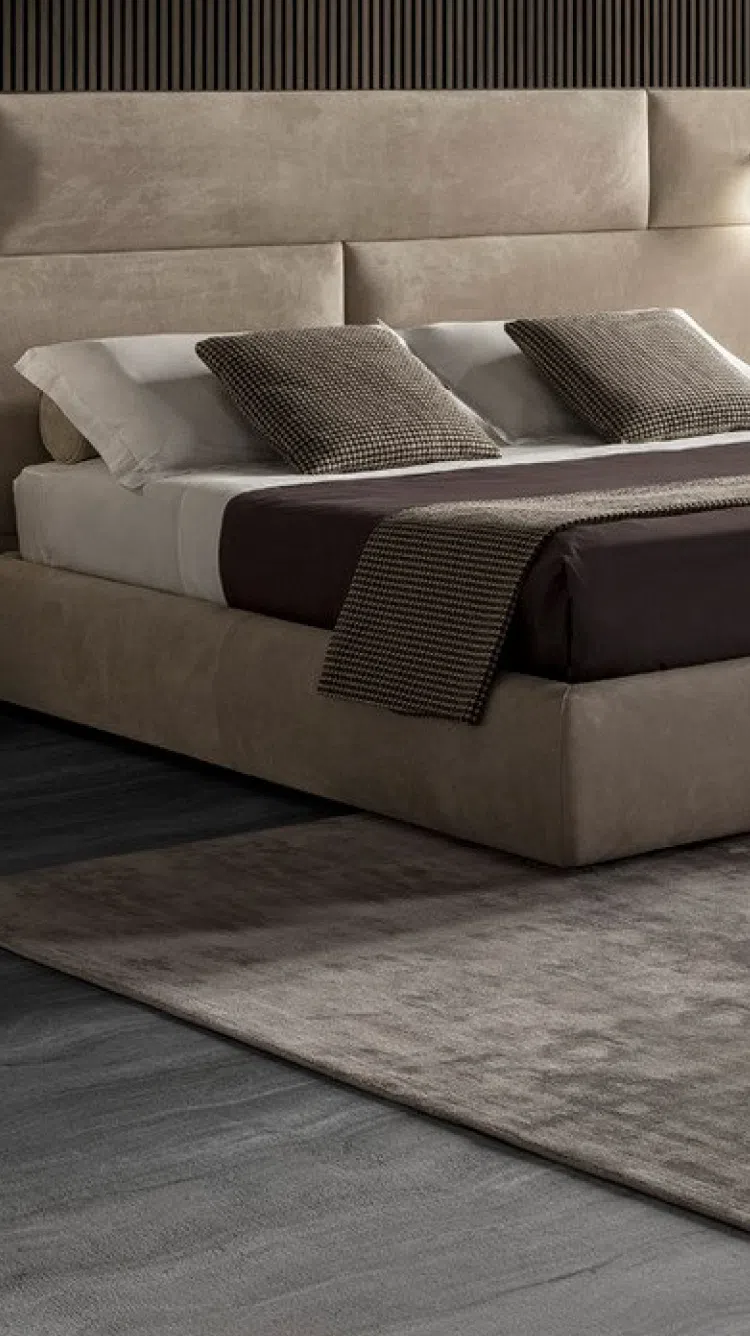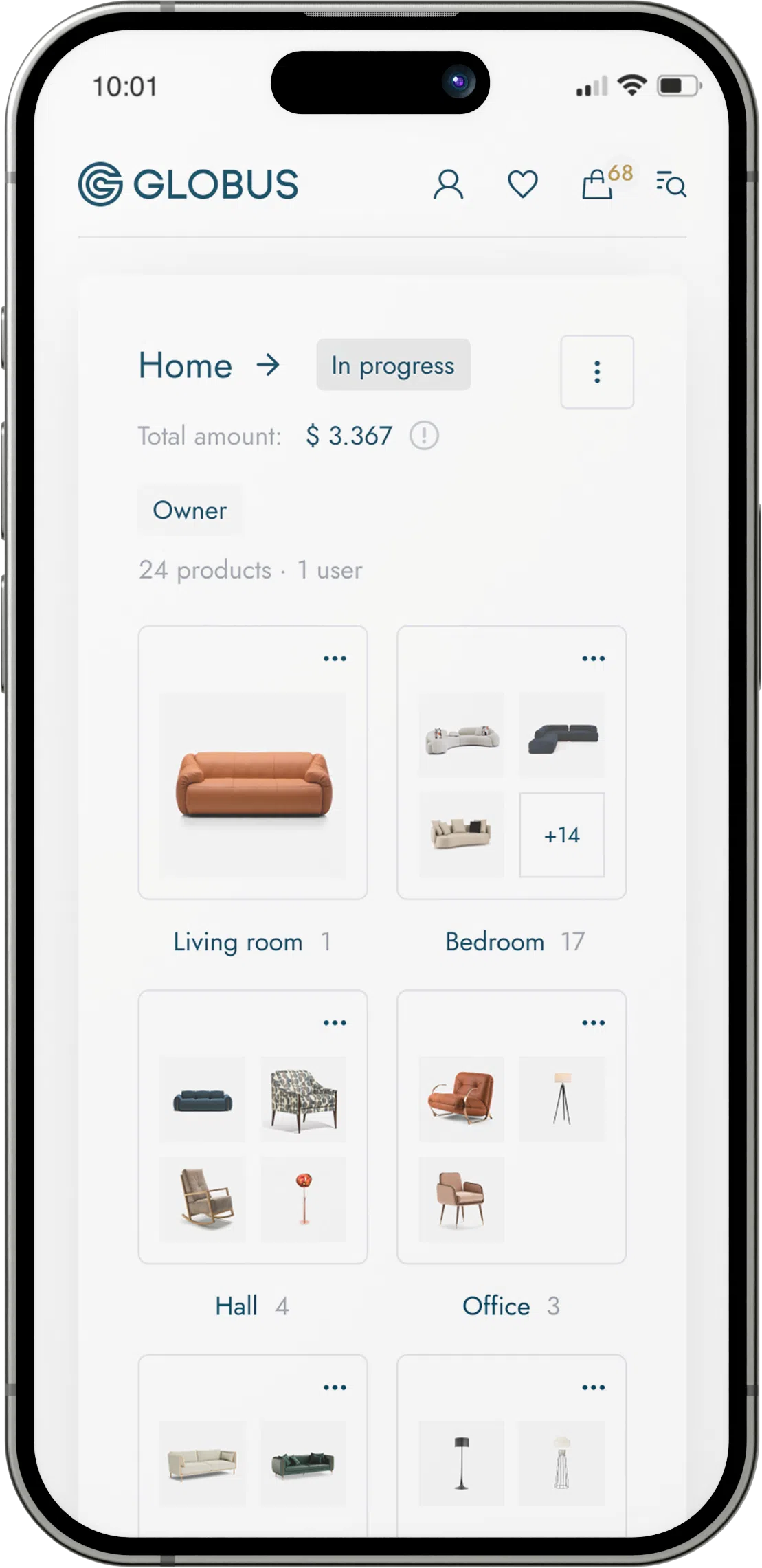
Melamine chipboard, also known as melamine-faced chipboard (MFC), is an engineered wood product that combines wood chips with a melamine resin to create a versatile and affordable building material commonly used in furniture making and interior construction. The melamine surface provides a durable, water-resistant finish that is also scratch and chemical resistant, while the chipboard core offers a stable and workable substrate. Here's a detailed description of its attributes:
Composition: Melamine chipboard consists of a composite manufactured wood product called chipboard (also known as particleboard) at its core, which is made from wood chips, sawmill shavings, or even sawdust, and a synthetic resin or other suitable binder, which is commonly pressed and extruded. The surface of the chipboard is then laminated with melamine resin–impregnated paper.
Melamine Resin: The melamine resin is a thermosetting plastic that is durable and has a hard surface. It is created by polymerizing melamine and formaldehyde to produce a clear, stable resin which, when combined with paper, produces a melamine surface with a variety of colors and patterns, including wood grain and solid colors.
Durability and Maintenance: Because of the melamine resin surface, melamine chipboard is resistant to scratches, moisture, and general wear and tear. It is also fairly resistant to stains and does not readily harbor bacteria, which makes it easy to clean. For these reasons, it's a popular choice for kitchen cabinets, countertops, bathroom vanities, office furniture, and shelving.
Appearance: The melamine surface can be printed with virtually any pattern, which allows manufacturers to produce boards that mimic the appearance of real wood, marble, granite, or simple colors. This makes it highly adaptable to a range of interior design aesthetics. The high-quality printed finishes can be quite convincing, providing a cost-effective alternative to solid wood or veneer.
Workability: While melamine chipboard is more challenging to work with than solid wood because it tends to chip and crack, special carbide-tipped saw blades and router bits can be used to minimize damage during cutting and shaping. Drilling requires care, typically with special bits designed for particleboard or MFC to prevent blowout or splintering.
Environmental Aspects: Like other engineered wood products, melamine chipboard can be more eco-friendly than solid wood as it is often made from waste wood materials. Nonetheless, concerns about the use of formaldehyde in the manufacturing process (which can off-gas into indoor environments) need to be considered. Low-formaldehyde or formaldehyde-free options have become more prevalent on the market.
It's important to note that while melamine chipboard is sturdy and functional, it does not possess the same load-bearing capacity as solid wood or plywood, and it can be susceptible to swelling or deterioration if the melamine layer is breached and the core is exposed to water. Additionally, recycling melamine chipboard can be challenging due to the resin-bonded paper coating, so end-of-life disposal needs to be managed carefully.
Melamine chipboard is a popular choice in furniture manufacturing and construction for applications where cost, ease of maintenance, and versatility in design are priorities, but where the performance characteristics of solid wood or higher grade ply are not required.


